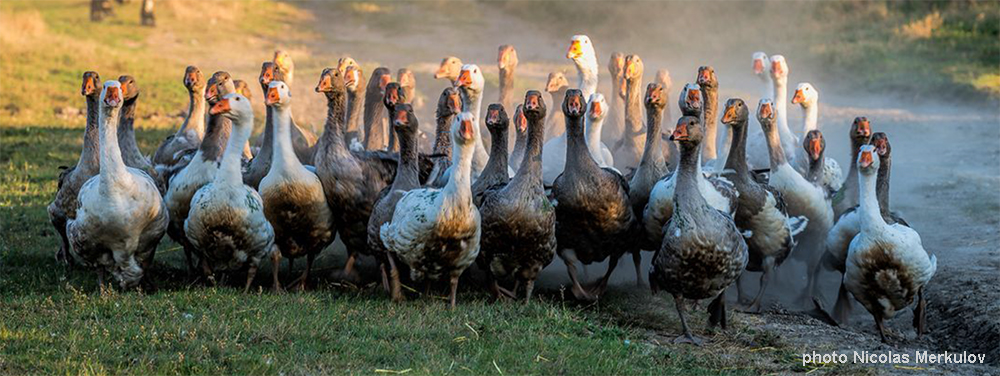Speaker
Description
Nearly 50 years ago Robert May sparked the “diversity-stability debate” in ecology. May’s work centres on the so-called community matrix covering the stability of large ecological communities. Assuming that this matrix has random entries May claims that an increased number of species promotes instability. As a consequence of this work a decade-long debate has ensued, leading to hundreds of papers asserting that increased complexity promotes stability, rather than to make ecosystems unstable. Recently, the debate has resumed in a number of high-profile papers extending May’s work to matrices with more structure than the simple uncorrelated case originally considered in the 1970s.
Much of the theoretical work in this area relies on random matrix theory’. The origins of this theory can be traced back to the work of Wigner in the context of nuclear physics in the 1950’s. Models with random interaction coefficients are also at the heart of the theory of disordered systems, developed to study spin glasses in the 1970s and early 1980s. The key element of these models isfrustration’ — competing forces act on the components of the system, and not all interactions can be satisfied simultaneously. Physicists have been dealing with this frustration for nearly 50 years, and have a number of tools ready to be deployed on the models of random ecologies at the heart of the complexity-stability debate. At the same it is difficult for physicists to acquire sufficient knowledge of the ecology background to make meaningful contributions.
In this talk I will try to summarise the techniques statistical physics can offer, random matrix theory, path integrals and the so-called ‘cavity method’. I will explain what these tools can deliver in the context of simple random replicator and random Lotka-Volterra models. I will also try to state my personal view on what physicists and ecologists can do to ensure that the tools from statistical physics are used to the full in the context of the diversity-stability debate, and in a manner which is valuable and meaningful to ecologists.

